How to use Perplexity for Research (Part 2 of 3)
The only guide you need to ace Perplexity for your research needs, continued...
Hello Scholars!
This newsletter is the second part of the Perplexity series - by the end of this series, you’ll be able to confidently use Perplexity for your research!
In the last newsletter which was Part 1 of the series on Perplexity, I introduced you to the main features of Perplexity. In today's newsletter, we will talk about some other features in detail and how they can help you with your research work.
In Part 1 we discussed about Perplexity's foundations, from LLM types and cross-platform access to intuitive content organization in the Library.
Today, in Part 2 we will go a bit deeper into the advanced capabilities with Focus and Pro searches, media analysis, and draft generation.
Part 3 is my favorite, where you’ll master the art of crafting effective prompts for literature searches, critical analysis, and research paper development.
Four quick things before we move on:
Submitting your paper? Make sure to run it through this clever ‘Peer Reviewer’ GPT for critical feedback (I’m getting lots of positive reviews). Watch it in action here.
Enjoying the AI tool workflows on my newsletters? This course is 10x better. Don't take my word alone on it and see the social proof here. You will get access to a lifetime dedicated learning platform with every single resource (workbooks, mega prompts, slides etc) linked to it - this'll allow you to learn at your own pace.
Join 4000+ academics in Professor Nacke’s Write Insight newsletter for practical success strategies, effective writing frameworks, and the latest on AI research tools. Enhance your academic journey and stay updated on new trends in writing and tech.
I will be hosting a webinar on Claude. More details are coming soon. Interested in exploring Claude? Exciting announcements are coming soon. Be the first to know by joining the waitlist: Join the Waitlist
Now, back to exploring more about Perplexity ⬇️
(Reminder: $10 off Perplexity if you sign up from this link)
So, let’s dive right into Perplexity’s unique features!
1- Focus Search
Perplexity has the ability to search through the internet or a particular website you specify.
With the Focus Feature, you can search for relevant information from a specific source. Here are the available ‘categories’ you can choose for the focus feature.
All Search: Searches across the internet
Academic: Searches published research papers
Writing: Generates text/chat without searching on the internet.
Social: Searches Reddit or other community discussions and opinion
Math: Solves equations and get numerical answers.
Video: Searches for videos from YouTube.
I find the focus search feature extremely invaluable. Instead of searching and trying to understand a topic the regular way, you can select a search focus eg. by choosing Video you can explore and watch Youtube videos that are highly relevant to your topic.
2- Perplexity Pro Search
With Pro Search (formerly called Perplexity Co-pilot), Perplexity takes it one step further by understanding your question better, thus providing a much better output.
You can ask follow-up questions at the end of every query or get suggested questions that are asked by the community. This helps you understand your topic more in-depth.
How?
Enable Pro Search
Pro Tip: Perplexity's free plan offers 5 Pro searches per day where as Perplexity’s Professional paid plan offers 300+ Pro searches per day.
I will take “What is the impact of social media on mental health” as an example question.
Our Focus is on searching for relevant articles. We will select the Focus → Academia.
Search without Pro
Without Pro Search (aka Co-pilot), Perplexity synthesizes information from the top 5 web sources only. With Pro Copilot, it considers around 25 different sources depending on the complexity of your Prompt or query.
Whatever Perplexity searches for on the internet, will be presented step by step in bullet points along with all the references.
While searching for anything on Perplexity, you get related images and videos in the right-hand corner.
Ask Perplexity Follow-up Questions
To find more information about your research question, you can ask follow-up questions in the same chat.
It will answer you with more relevant information, even more detailed, and with relevant sources.
Perplexity also suggests more questions that the public is searching for on your topic.
This will help you brainstorm different research ideas and questions and could potentially help you narrow down your research topic.
3- Working with Media Upload:
Perplexity AI enables you to upload and work with your images, text files, and PDFs.
The uploading feature works in 2 different ways. For example: here are two different instructions after uploading.
i) Writing Focus + Upload File + Pro Search On
In this case, Perplexity only reads the PDF. Let’s say we want it to summarize the key points of the article and suggest more research questions for brainstorming ideas.
ii) Academic Focus + Upload File + Pro Search On
This feature helps you to not only read your file but also suggests many other studies related to the uploaded file.
4- Zero Draft Generation for Research Articles
Perplexity can help you create a preliminary version (or 'zero draft') of your research proposal or article.
With the right prompting (we’ll cover this in the final part), it can generate a comprehensive structure with standard sections, provide content suggestions for each part (like research questions for the introduction or key theories for the literature review), and compile relevant research materials.
This 'zero draft' serves as a starting point, giving you a structured framework and content ideas to develop your full research article or proposal.
Refine through follow-up questions to align with your specific research needs. Remember, this draft is AI-generated, it's very very important to thoroughly review, verify, and expand upon it with your own expertise and original research.
PS. if you are looking for a prompt that helps refine your research and generates outline as per your requirements, check out this mega-prompt in this article here.
Part 2 Summary
Perplexity is shaping up to be quite the research companion. It's got the neat Focus Search that lets you gather targeted information from specific sources, including academic papers, social media, video content etc.
The Pro Search feature enhances query understanding and provides in-depth answers by synthesizing information from up to 25 sources, compared to 5 in the free version. Perplexity’s ability to suggest follow-up questions and related topics helps in comprehensive research and idea generation
Perplexity also supports media uploads, enabling users to analyze PDFs and images while suggesting related studies.
Perhaps most impressively, it can generate 'zero drafts' of research articles, providing structured outlines and content suggestions for each section.
And while it excels at organizing research content in one place, I always stress how important it is that users verify and expand upon AI-generated content with their own expertise.
Stay tuned for the final part of this series, where we'll explore MEGA prompts to maximize Perplexity's potential in your research workflow.
When you ask a question that could benefit others, I address it in my newsletters.
You can send in your question either by clicking 'reply' or commenting on the post ⤵
This is a common question. Any researcher can earn in USD from any part of the world today! I have been working remotely for the past 5 years, and trust me, it’s the best decision ever. While there are standard websites for remote job searching, here are few other websites you can explore:
Learned something new in this post?
🔁 Like and Share


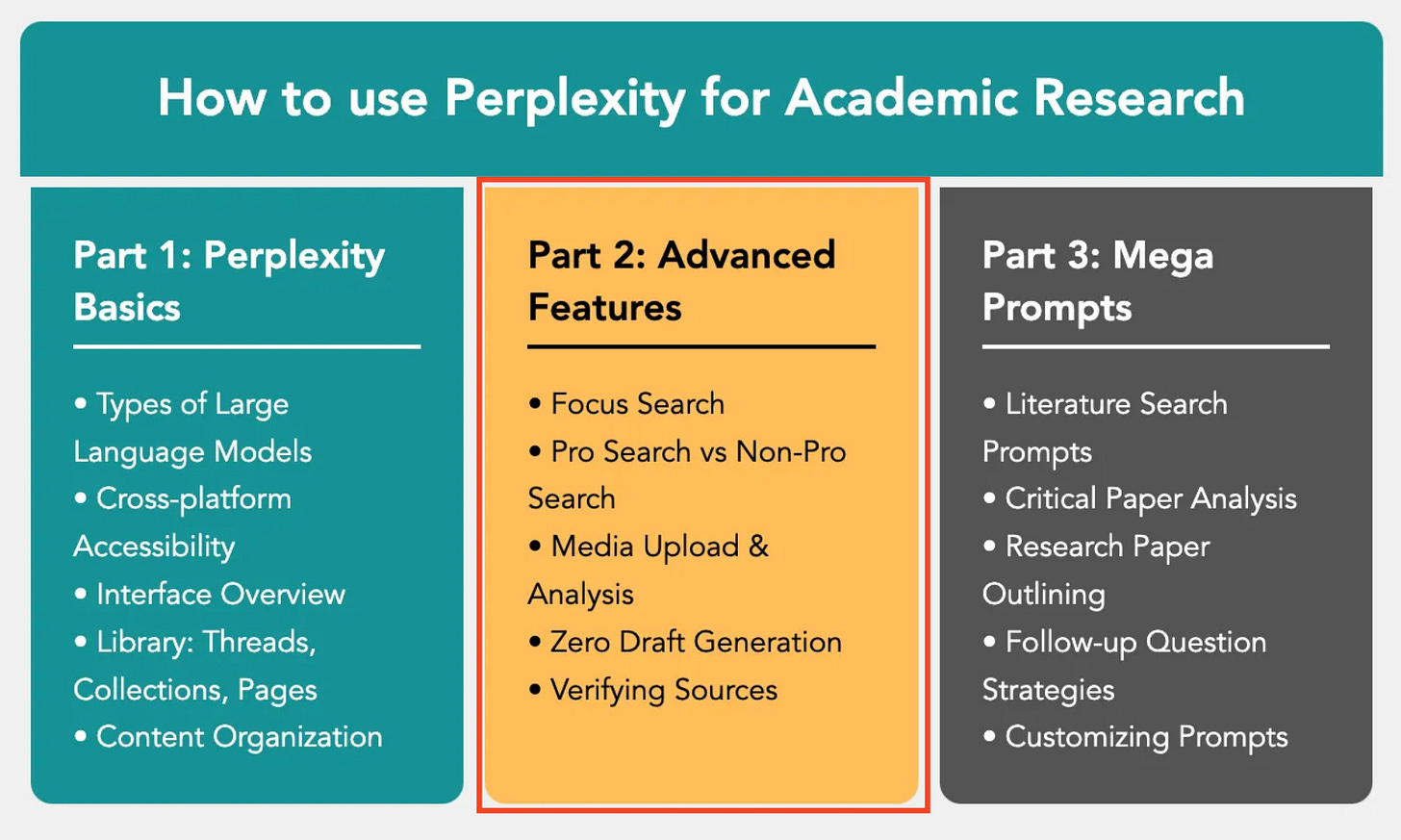
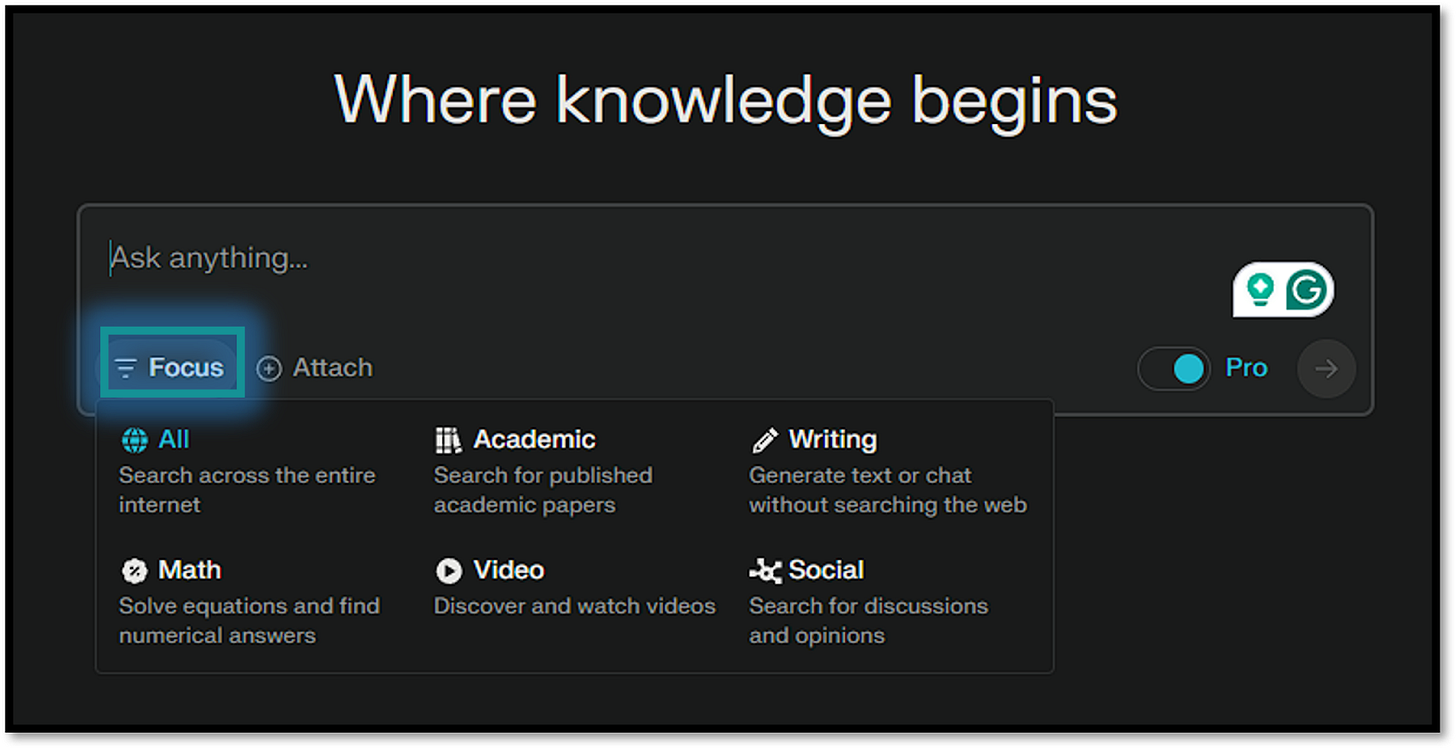


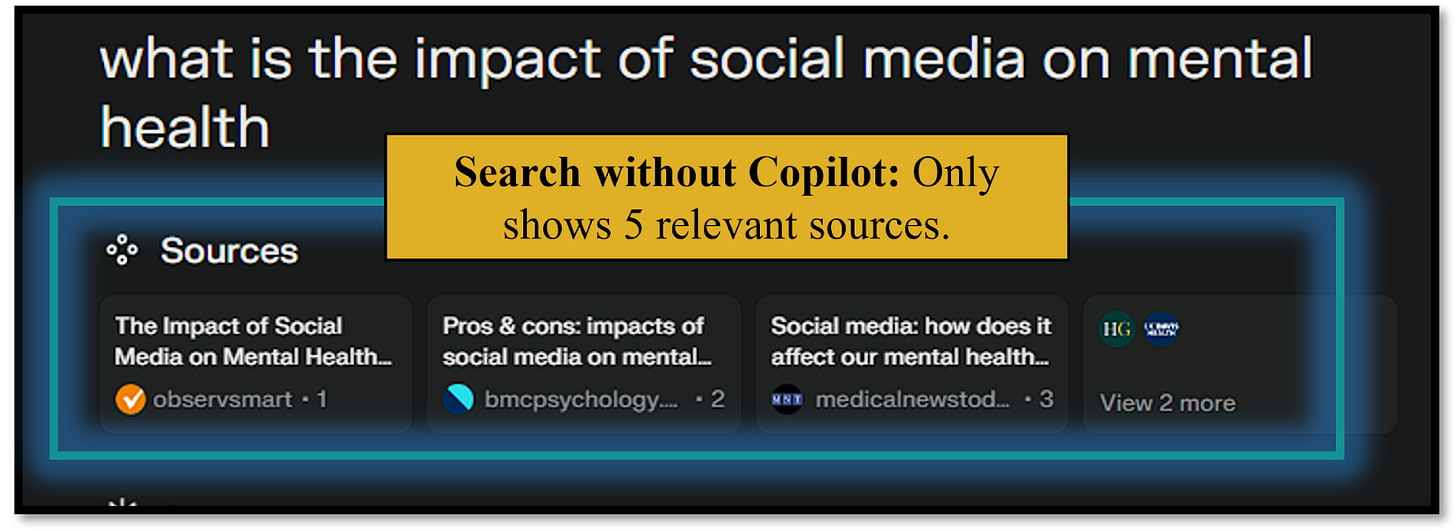
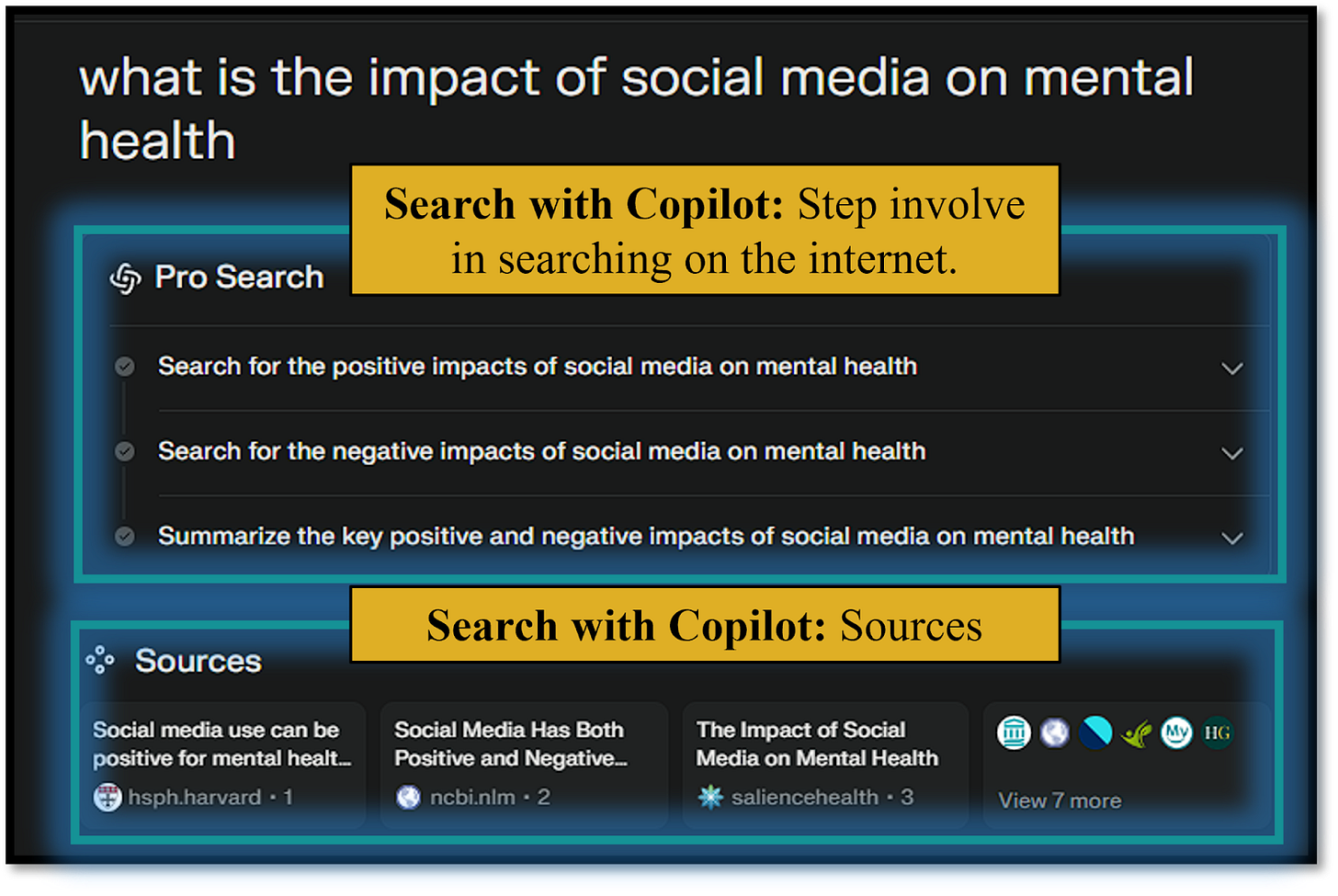

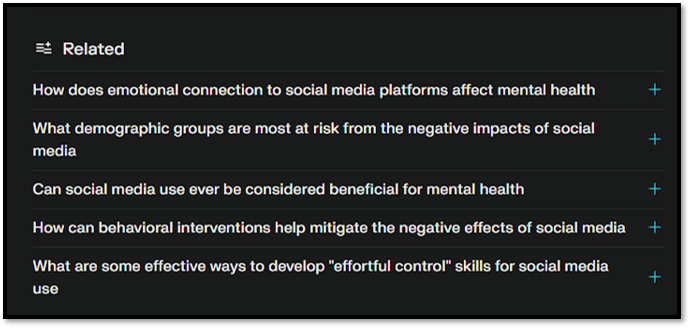
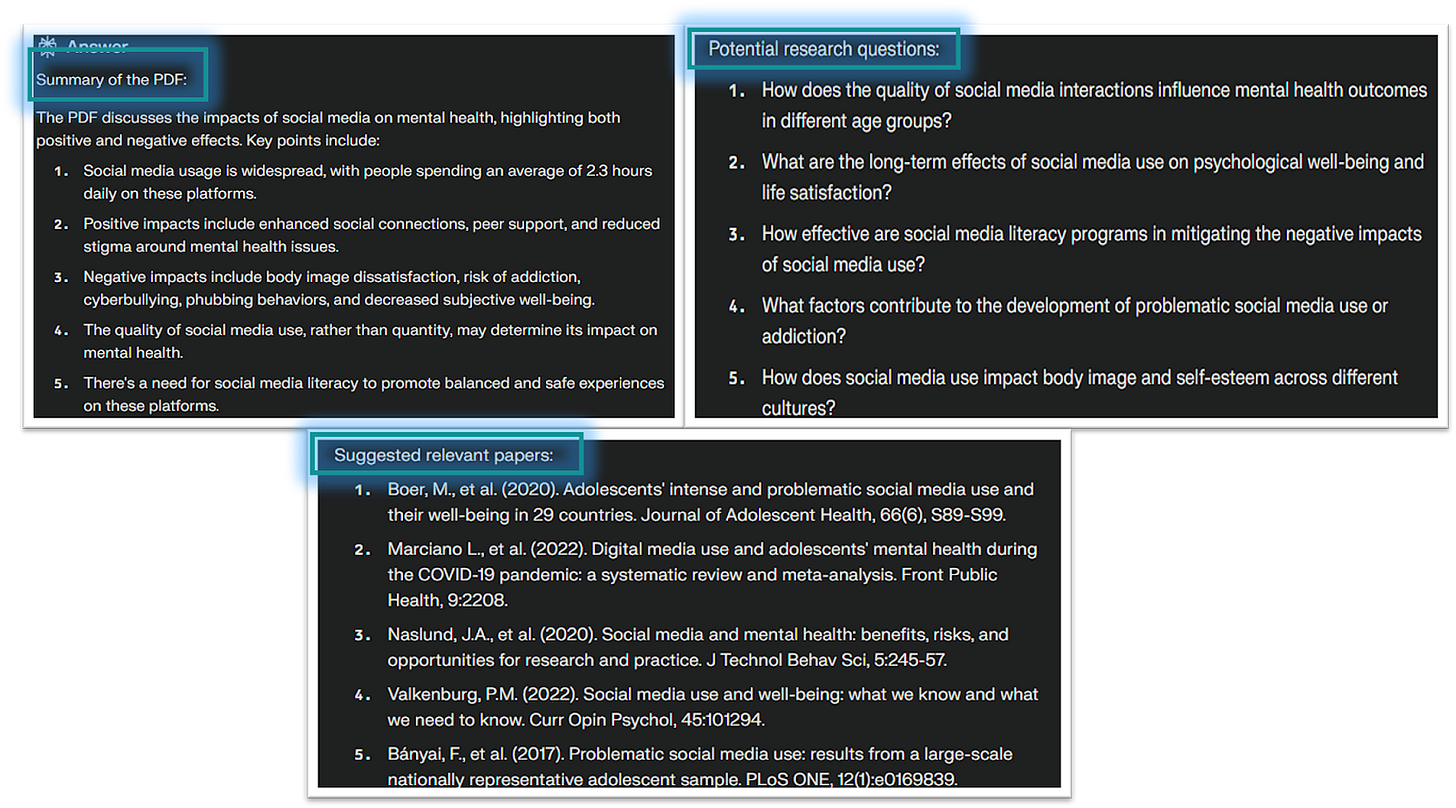
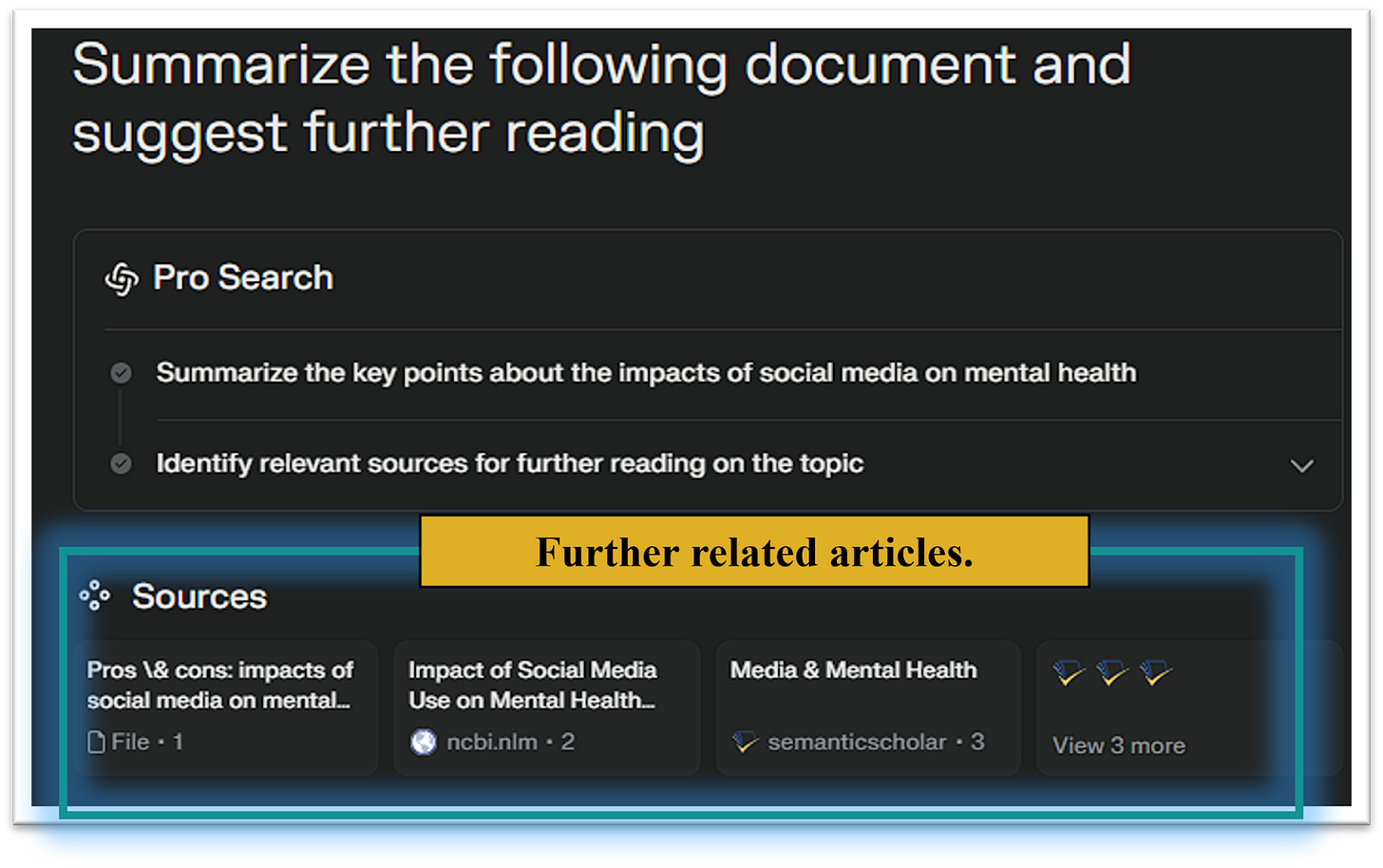
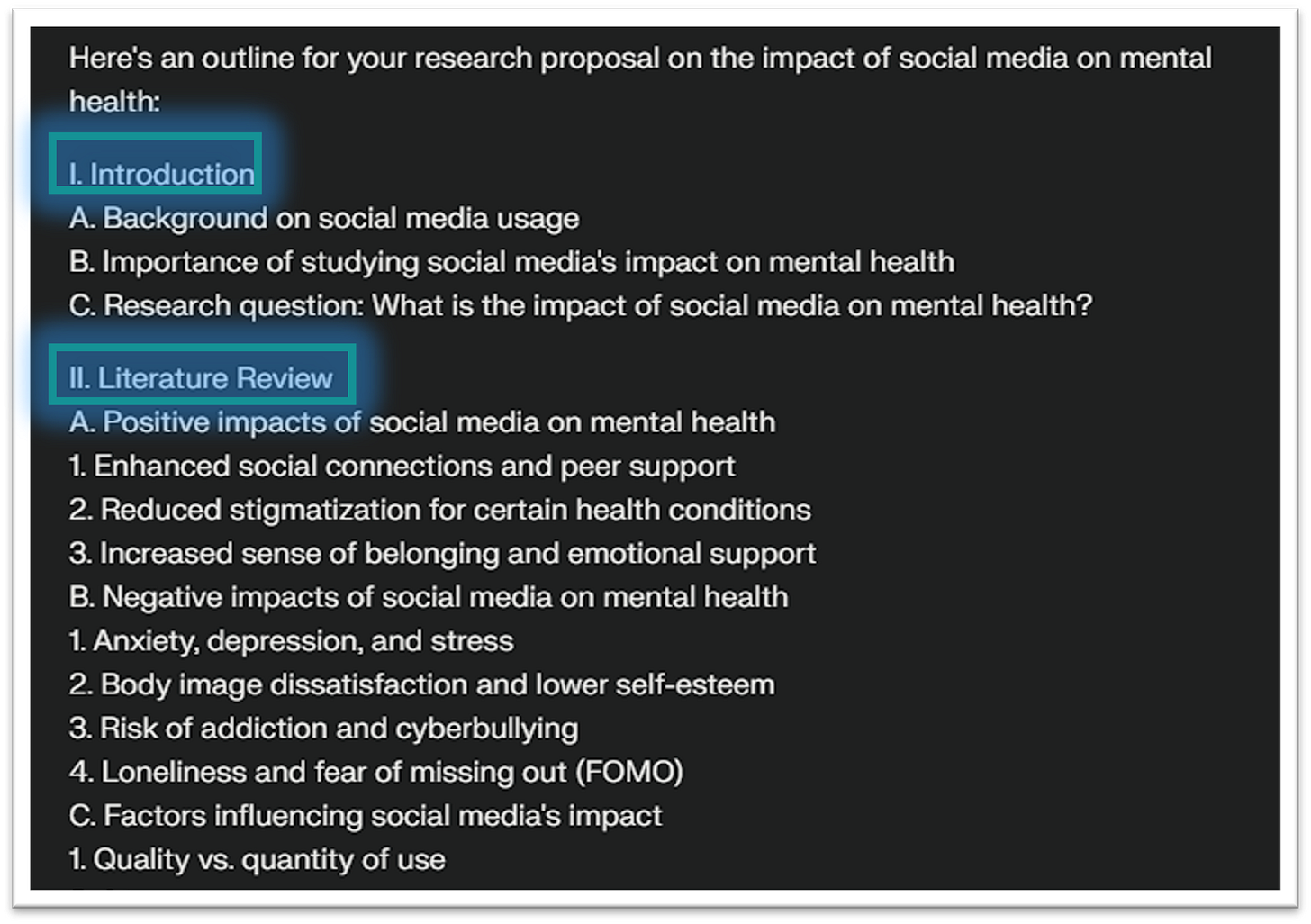


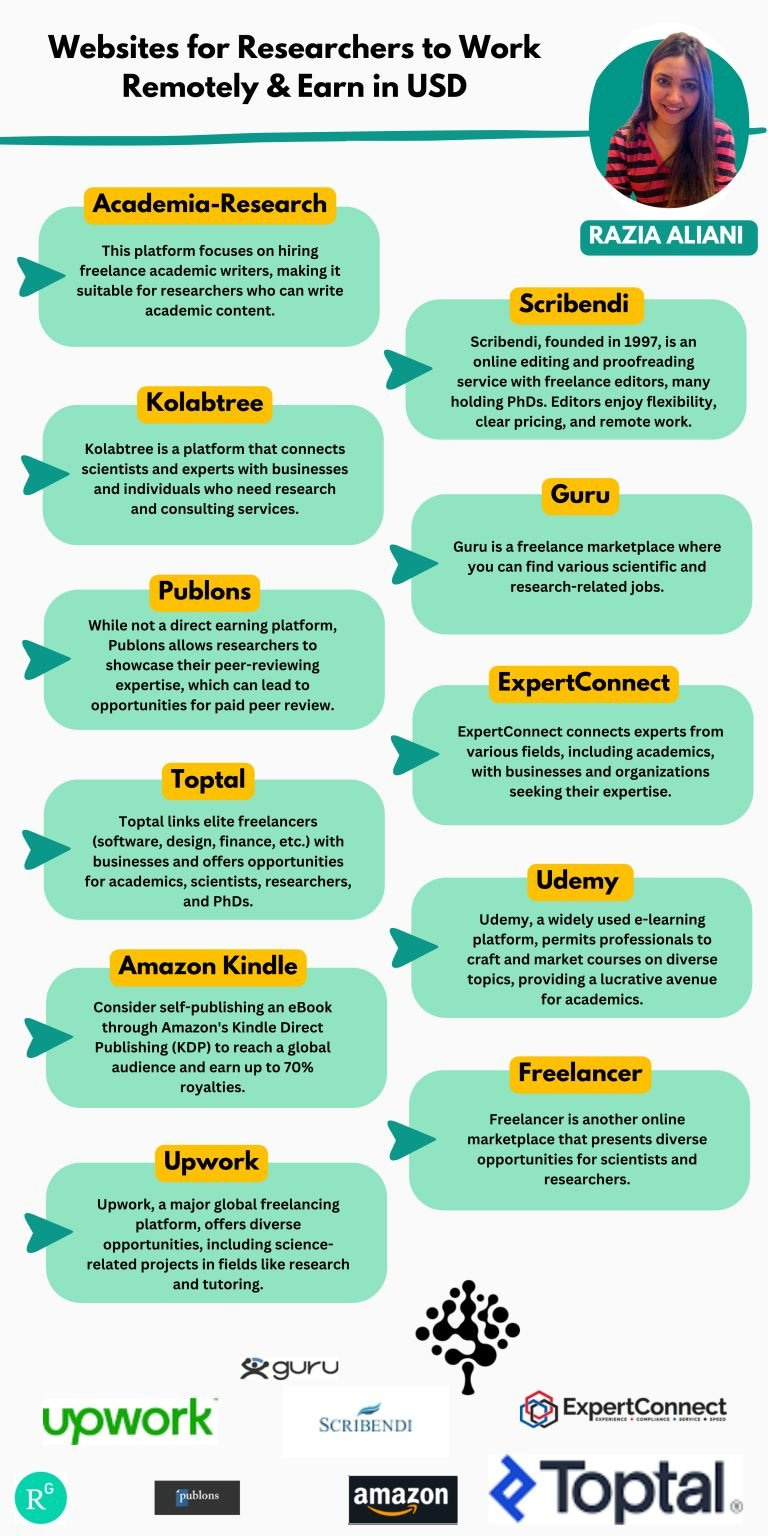
Thank you so much for share, Razia!!! The ‘Peer Reviewer’ GPT has been really useful in my writing! Warm regards.